Gavin Turk
Gavin Turk
(nato nel 1967) è un artista internazionale di origine britannica. È stato
pioniere di molte forme di scultura britannica contemporanea ormai date per
scontate, tra cui il bronzo dipinto, l'opera in cera, l'icona storica dell'arte
riciclata e l'uso dei rifiuti nell'arte.
Le
installazioni e le sculture di Turk affrontano i temi dell'autorialità,
dell'autenticità e dell'identità. Il suo impegno nei confronti del
"mito" dell'artista e della "paternità" di un'opera risale al
dibattito modernista e avanguardista, fino ai ready-made di Marcel Duchamp.
Nel 1991, il
Royal College of Art rifiutò a Turk la laurea perché la sua ultima mostra,
"Cave", consisteva in uno spazio di studio imbiancato che conteneva
solo una targa blu commemorativa della sua presenza: "Gavin Turk ha
lavorato qui 1989-91". Grazie a questa installazione, Turk ha guadagnato
immediatamente notorietà, è stato notato da Charles Saatchi ed è stato incluso
in diverse mostre dell'YBA. Da allora il lavoro di Turk è stato collezionato ed
esposto da molti importanti musei e gallerie di tutto il mondo.
Nel 2013
Prestel ha pubblicato la prima grande monografia di Turk, che presenta più di
due decenni di lavoro e nel 2014 Trolley Books ha pubblicato "This Is Not
A Book About Gavin Turk", che esplora in modo giocoso i temi associati al
lavoro dell'artista attraverso trenta collaboratori di rilievo. Recentemente
a Turk sono state commissionate diverse sculture pubbliche, tra cui L'Âge d'Or
(2016), collocata all'angolo sud dell'edificio del Centro Stampa nel Parco
Olimpico e Nail, una scultura di 12 metri presso One New Change, accanto alla
cattedrale di St Paul, a Londra, in Inghilterra.
Gavin
Turk (born 1967) is a British international artist. He has pioneered many forms
of contemporary British sculpture now taken for granted, including the painted
bronze, the waxwork, the recycled art-historical icon and the use of rubbish in
art.
Turk’s installations and sculptures deal with issues of authorship,
authenticity and identity. Concerned with the ‘myth’ of the artist and the
‘authorship’ of a work, Turk’s engagement with this modernist, avant-garde
debate stretches back to the ready-mades of Marcel Duchamp.
In 1991, the Royal College of Art refused Turk a degree on the basis that his
final show, ‘Cave’, consisted of a whitewashed studio space containing only a
blue heritage plaque commemorating his presence ‘Gavin Turk worked here
1989-91'. Instantly gaining notoriety through this installation, Turk was
spotted by Charles Saatchi and was included in several YBA exhibitions. Turk’s
work has since been collected and exhibited by many
major museums and galleries throughout the world.
Prestel published Turk’s first major monograph in 2013, showcasing more than
two decades of his work and in 2014 Trolley Books published ‘This Is Not A Book
About Gavin Turk’ which playfully explores themes associated with the artist’s
work via thirty notable contributors. Turk has recently been commissioned to make several public sculptures including
L'Âge d'Or (2016), sited on the south corner of the Press Centre building in
the Olympic Park and Nail, a 12-meter sculpture at One New Change, next to St
Paul’s cathedral, London, England.
-
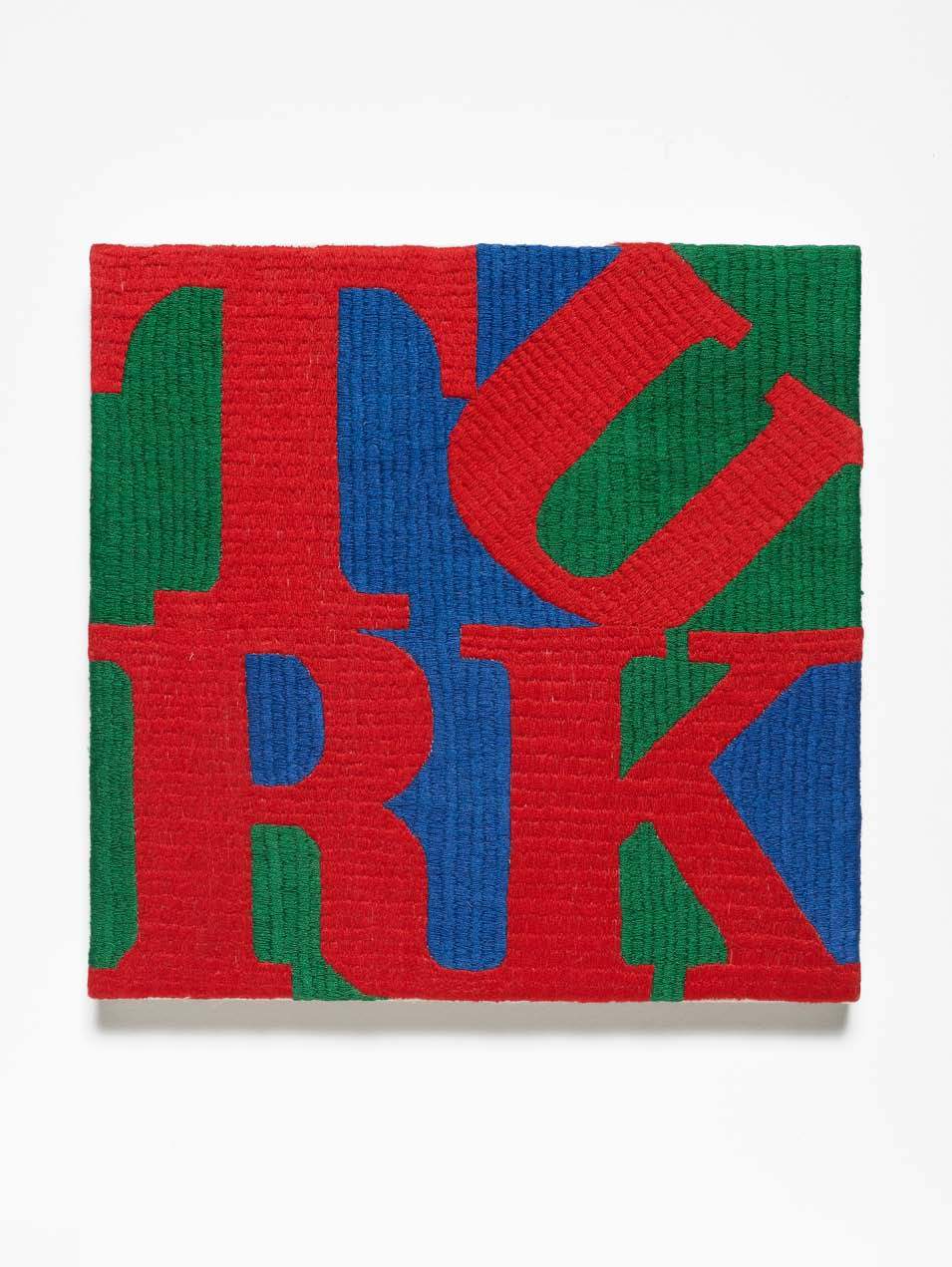 Turk & Love
2017, tapestry, 30 × 30 cm
Turk & Love
2017, tapestry, 30 × 30 cm
-
 Homage II
2017, hardboard medite, posters and acrylic, 60 × 60 × 3 cm
Homage II
2017, hardboard medite, posters and acrylic, 60 × 60 × 3 cm
-
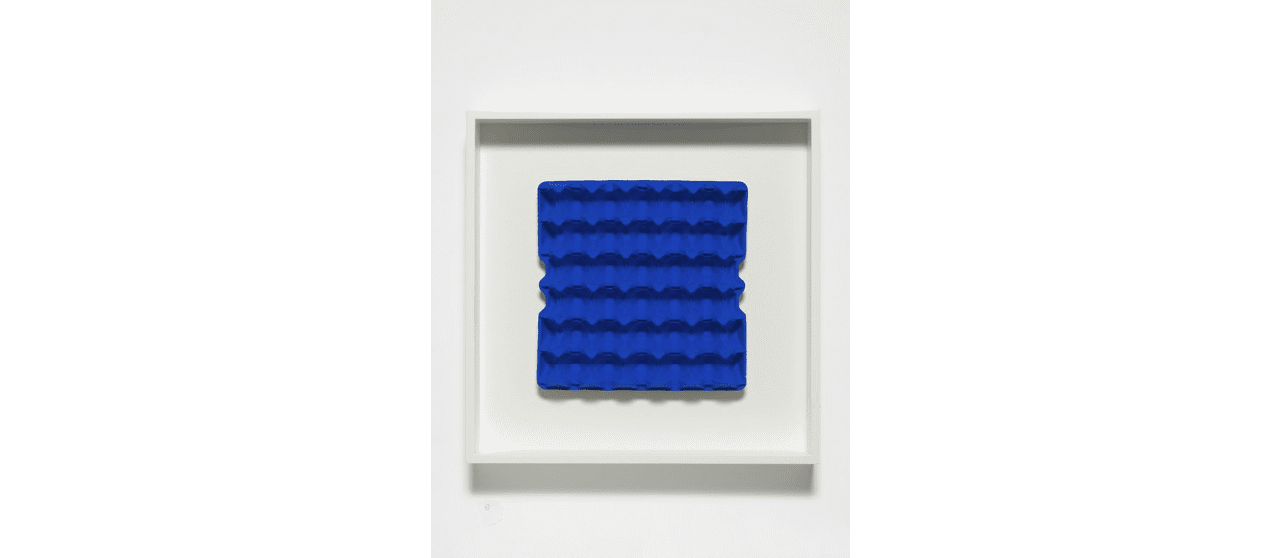 Yves Klein Blue Box
2017, pigment on cardboard, 27 × 27 × 5 cm
Yves Klein Blue Box
2017, pigment on cardboard, 27 × 27 × 5 cm
-
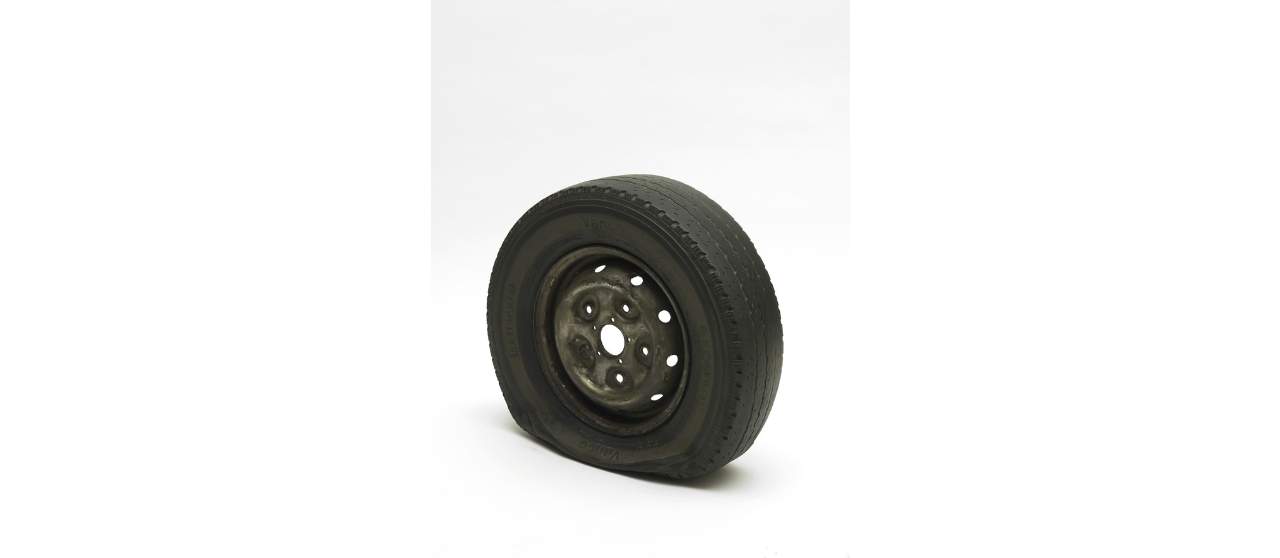 Flat Tyre
2013, Painted bronze, 56 x 64 x 20 cm
Flat Tyre
2013, Painted bronze, 56 x 64 x 20 cm
-
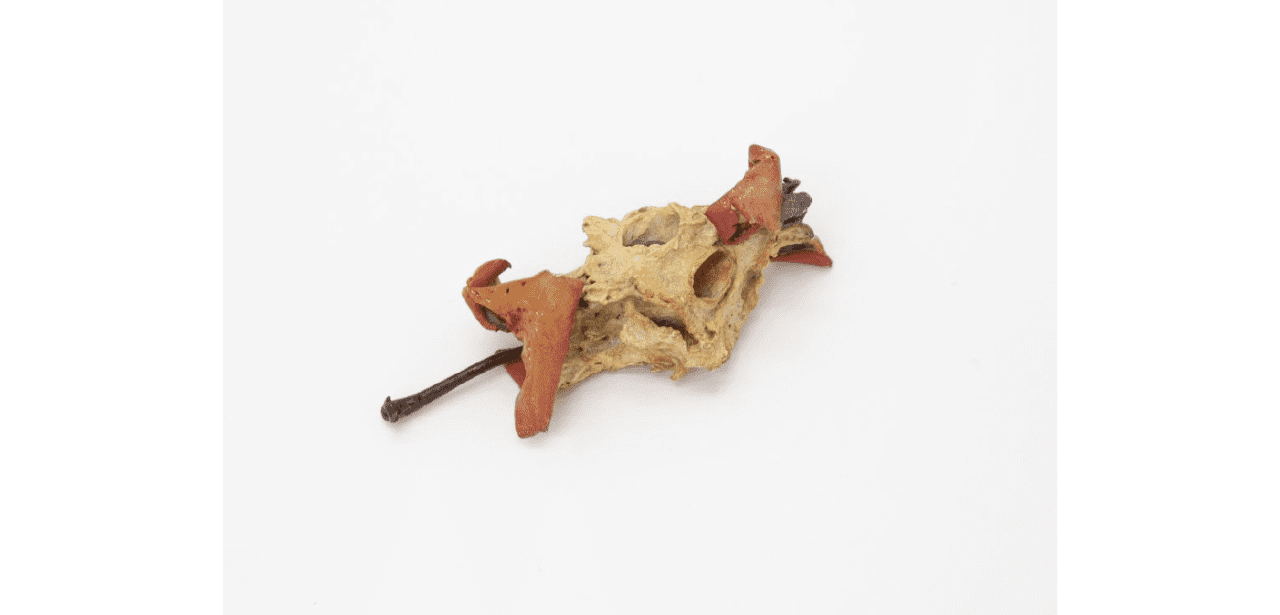 Newton's Apple
2017, painted bronze, 2 × 2.5 × 6 cm
Newton's Apple
2017, painted bronze, 2 × 2.5 × 6 cm
-
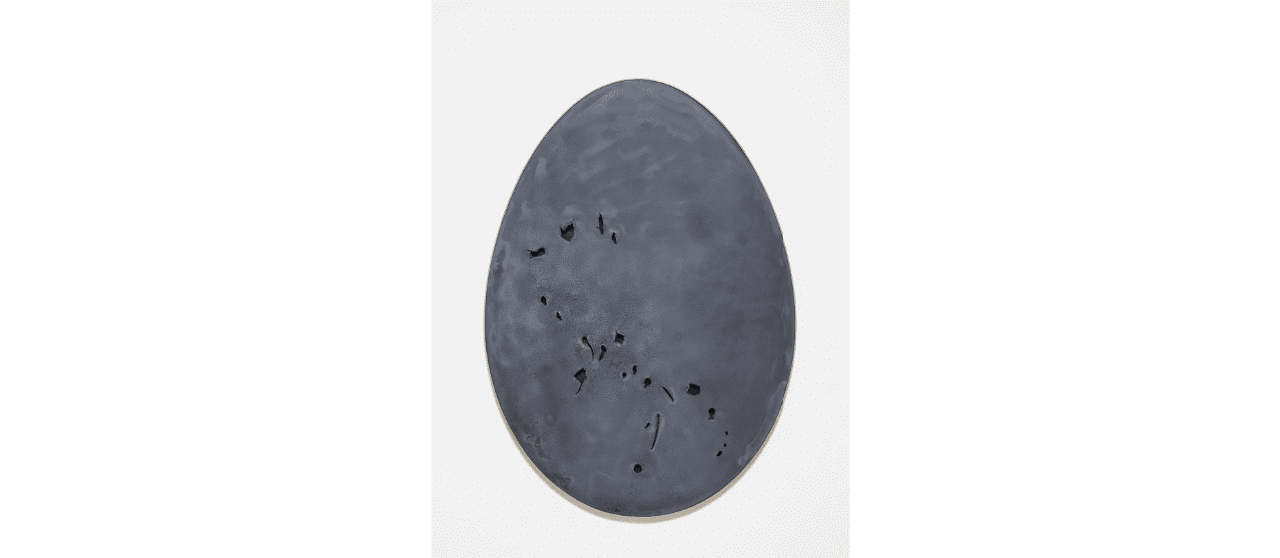 Holy Egg (Tarnished Aluminium Medium)
2017, aluminium on birch ply stretcher, 115 × 81 cm
Holy Egg (Tarnished Aluminium Medium)
2017, aluminium on birch ply stretcher, 115 × 81 cm
-
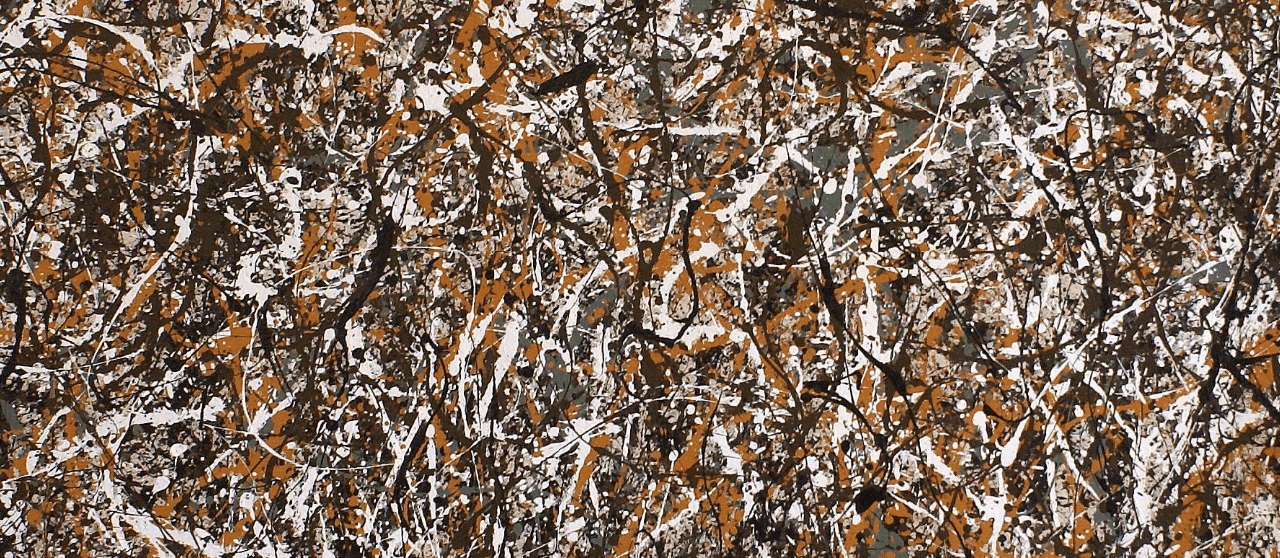 Return to Forever
2009, acrylic on canvas, 130 × 230 cm
Return to Forever
2009, acrylic on canvas, 130 × 230 cm
-
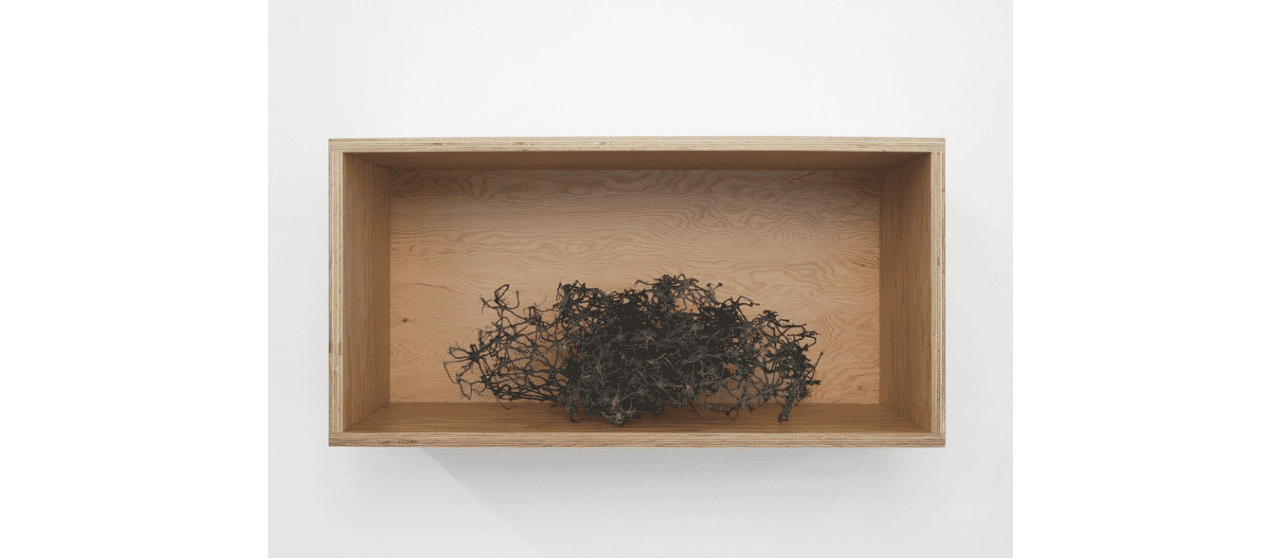 Crumpled Space
2017, blackplastic mesh in douglas firplywood box, 40 × 80 × 40 cm
Crumpled Space
2017, blackplastic mesh in douglas firplywood box, 40 × 80 × 40 cm
-
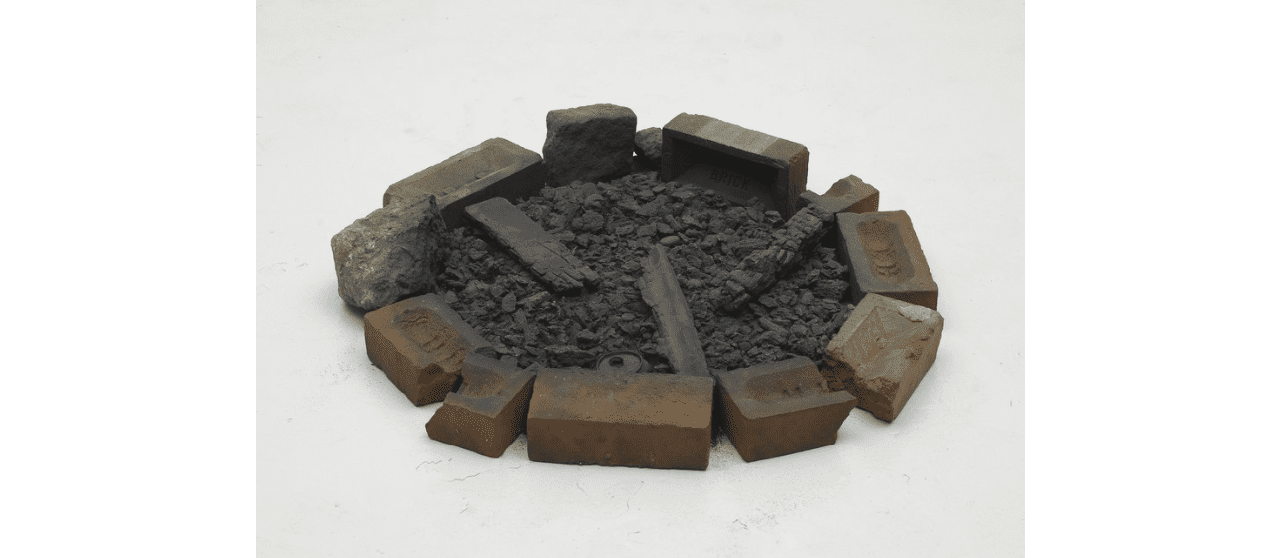 Burnt Out
2008, painted bronze, 12 × 78 × 74 cm
Burnt Out
2008, painted bronze, 12 × 78 × 74 cm
-
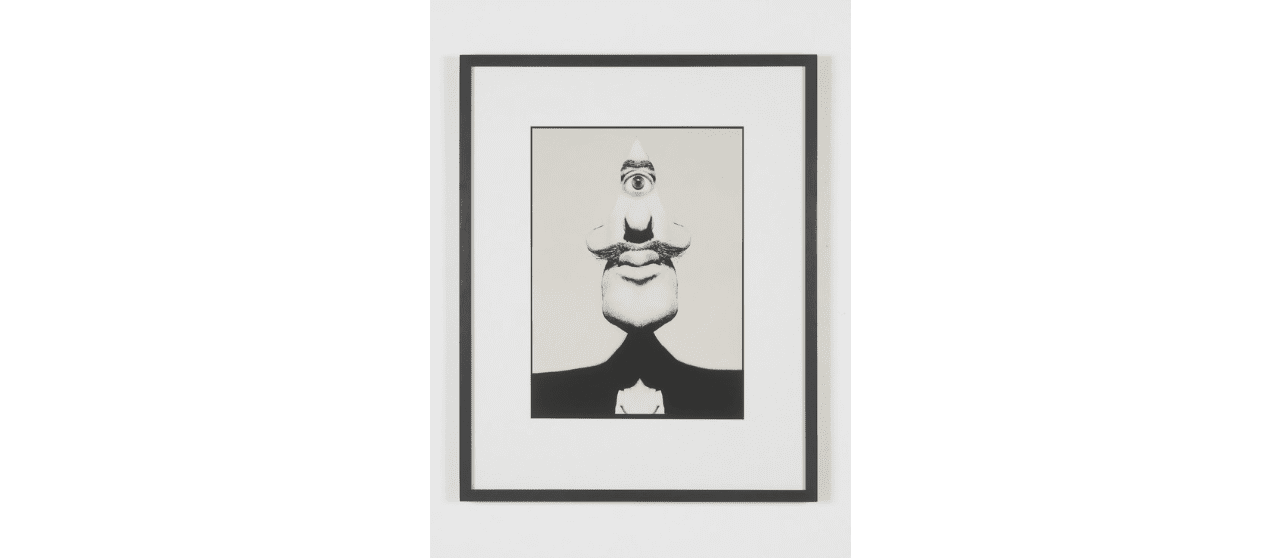 Salvador Dalì
2015, lith print, 50 × 26 cm
Salvador Dalì
2015, lith print, 50 × 26 cm










